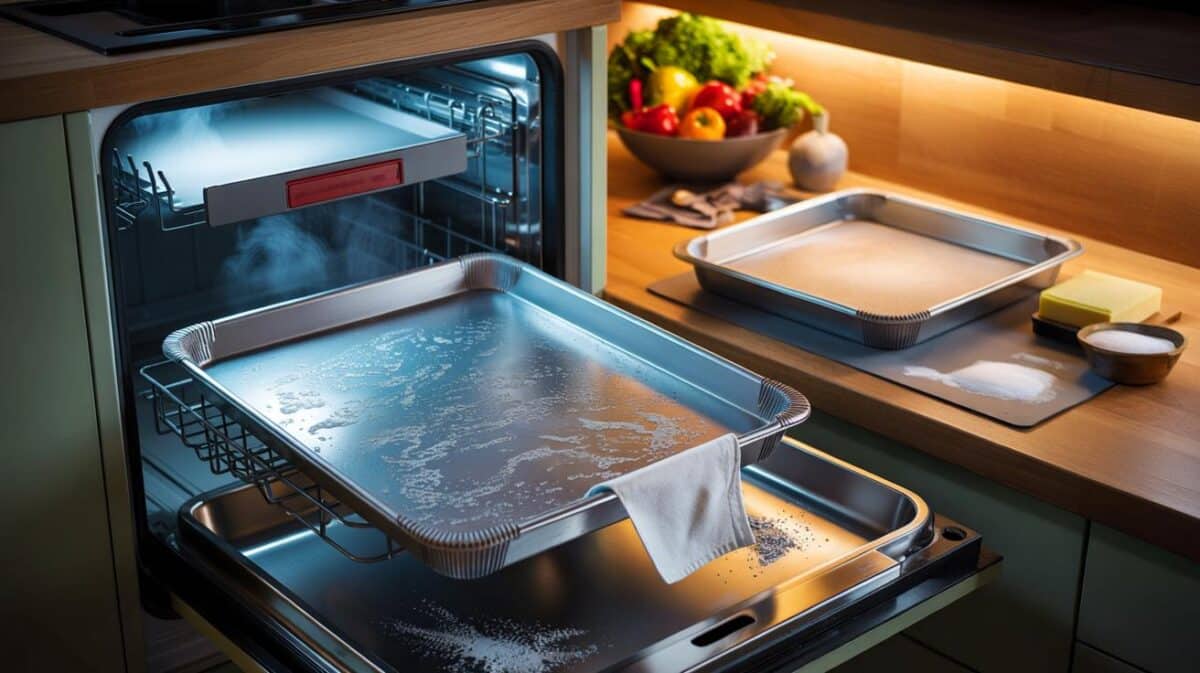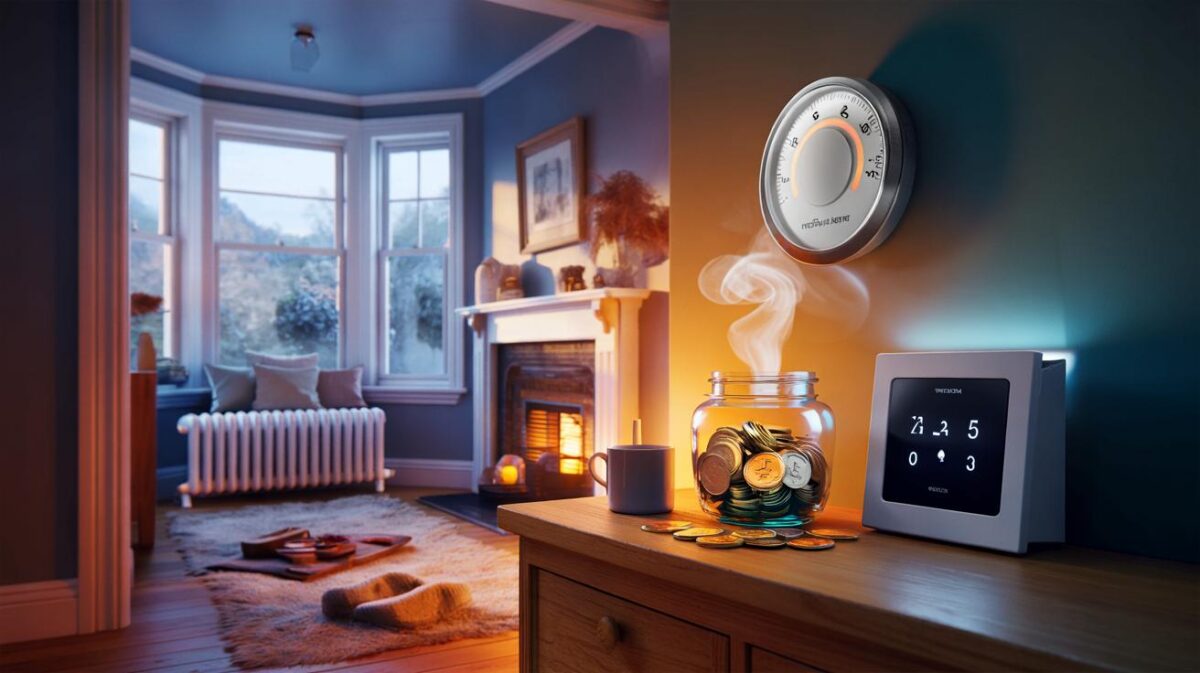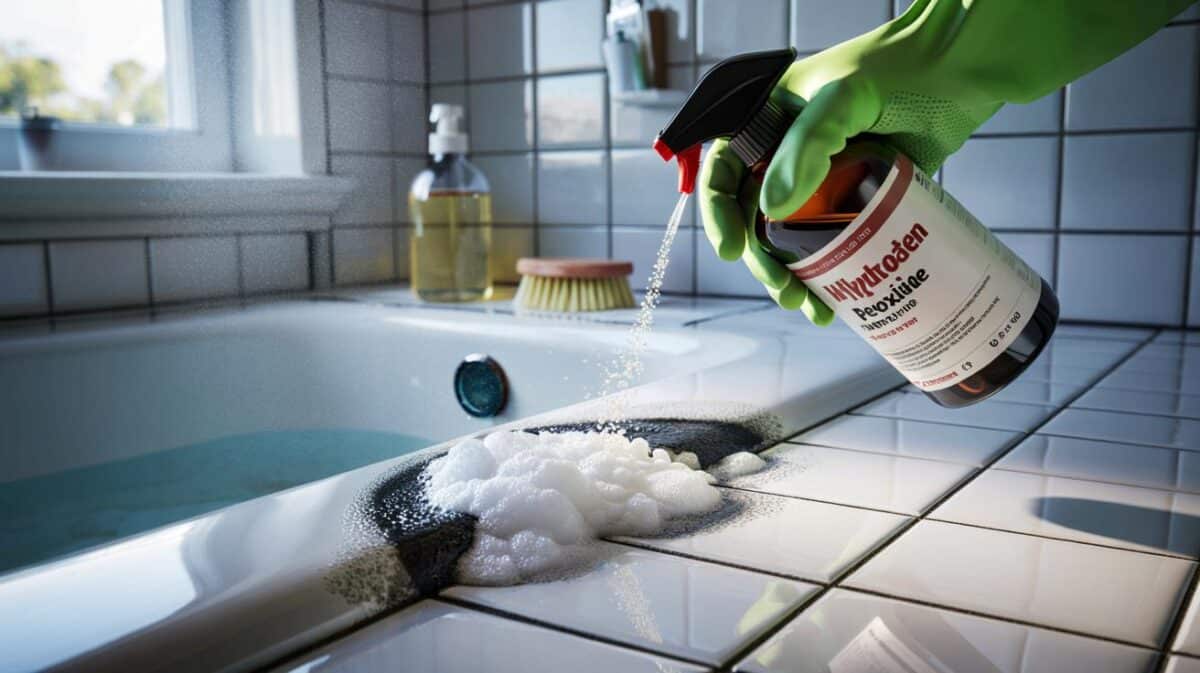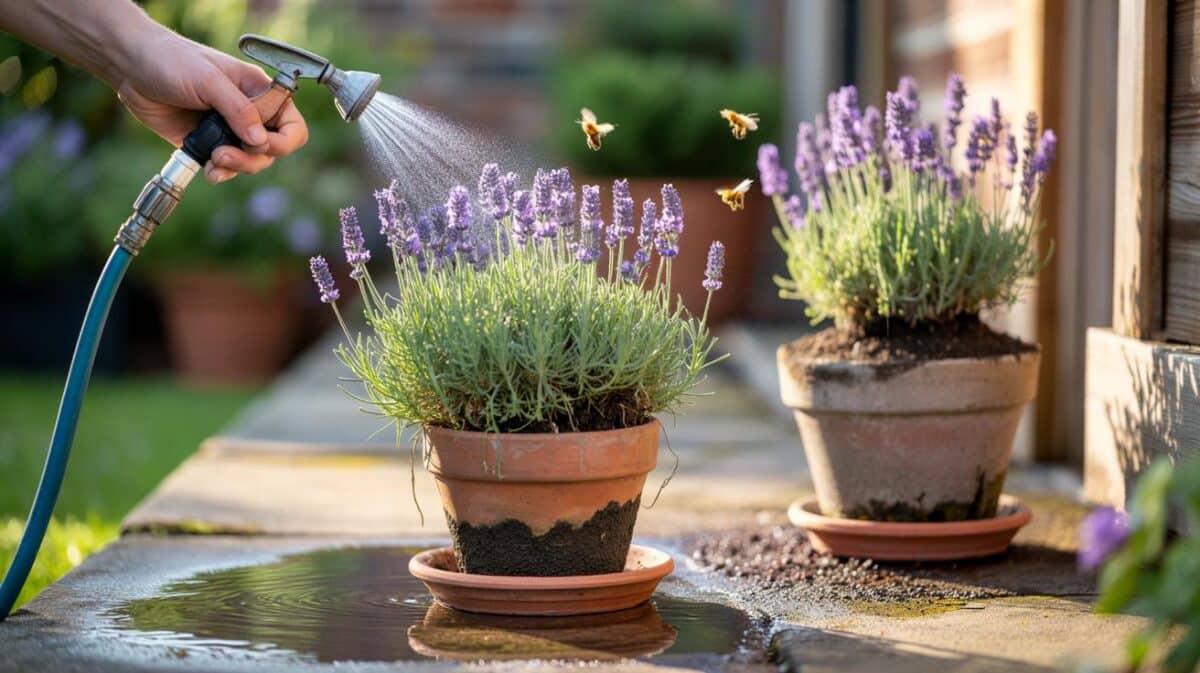Experts are closing ranks around a number for 2025, but the sweet spot shifts with rooms, routines, and the people inside them. The trick isn’t just heat. It’s control.
The kettle clicks off in a quiet kitchen, windows fogged at the edges. A smart thermostat blinks 18°C, then nudges higher as the first footsteps hit the hallway. We’ve all had that moment where the living room feels perfect until you stand up and your toes go numb by the back door. Small things, like a draught you forgot about, tip comfort into annoyance. The science has moved on, and so has the advice. The number has, too.
Why the ‘new’ ideal is landing at 19°C by day (and 16–17°C by night)
Across building physics, public health and energy advice, the consensus for winter 2025 is **19°C by day** for most living spaces. It’s warm enough for comfort and wellbeing, lean enough for bills and emissions. Health bodies still underline a hard floor of around 18°C for occupied rooms, with slightly warmer targets for infants and older adults. The headline isn’t a rule for every person. It’s a baseline that works when a home is reasonably tight and evenly heated.
Look at what actually happens in homes. Smart thermostat data shows many UK setpoints drift above 20°C through winter, then spike again in the evening. One Manchester couple I visited last January nudged their dial down in steps, room by room, over a fortnight. At 19°C in the lounge they were fine, but only after they sealed the letterbox and slowed a sneaky draught along the skirting. A small tweak, a steady feel.
The body reads warmth from more than air temperature. Cold walls, fast-moving air and clammy humidity make 19°C feel stingy, while thick curtains and warm surfaces make it feel cosy. That’s why experts link the “new ideal” not only to a number, but to flow temperature, insulation and airflow. If your radiators and walls run warmer, you can keep the air cooler. You’re heating people, not the ceiling.
How to dial it in without freezing or faffing
Start with structure, not guesswork. Set a 7‑day schedule at **19°C by day**, **16–17°C at night**, and a gentle morning ramp-up. Keep bedrooms cooler than living spaces, and use thermostatic radiator valves to zone. Drop your boiler flow temperature to around 50–55°C if you have a condensing boiler, then balance radiators so heat arrives evenly. The aim is a smooth curve, not a rollercoaster.
Next, hunt the thieves of comfort. Seal the obvious draughts, hang thicker curtains, and park a small rug on that cold patch of floor by the sofa. A £10 hygrometer will tell you if humidity sits in the 40–60% range where rooms feel pleasant and windows stay clearer. Let’s be honest: nobody really does that every day. Still, checking once or twice in early winter pays off in comfort and lower bills.
**Room-by-room is king**. Keep bathrooms warmer on a timer during use, let kitchens run cooler when the oven’s on, and set a nursery a notch higher. Your home is not one number across the board.
“Heat people, not empty rooms.”
- Living areas: 19°C when occupied, 17–18°C when empty.
- Bedrooms: 16–18°C for sleep, with a warmer duvet rather than a warmer room.
- Nursery/older adults’ rooms: 20–21°C, stable and draught-free.
- Bathroom: 21°C on a boost during showers, then back down.
- Kitchen: 17–18°C, as cooking adds heat fast.
The bigger picture for winter 2025
Behind this “new ideal” is a simple trade: steadier, slightly cooler baselines mean healthier homes, fewer mould flare-ups, and lower peaks on the grid. Radiators run at kinder temperatures, boilers condense properly, and heat pumps hum along as they like to. People often report feeling more comfortable at 19°C once draughts are tamed and rooms warm evenly. The number is only half the story. *The goal is comfort you barely notice.*
| Point clé | Détail | Intérêt pour le lecteur |
|---|---|---|
| — | Daytime setpoint around 19°C, with room-specific tweaks | Simple starting point that balances comfort and cost |
| — | Night setback to 16–17°C and smoother schedules | Fewer temperature swings, better sleep, lower bills |
| — | Lower boiler flow (50–55°C), balance radiators, fix draughts | Warmer-feeling rooms at lower air temps and reduced energy use |
FAQ :
- What’s the ideal indoor temperature for winter 2025?For most living spaces, aim for around 19°C by day and 16–17°C at night. Keep a firm floor of roughly 18°C for occupied rooms if anyone is vulnerable, with 20–21°C in rooms for babies or older adults.
- Is 19°C too cold for families with children or elderly relatives?Not if you manage rooms individually. Set living areas at 19°C, bedrooms at 16–18°C for healthy adults, and keep nurseries or older adults’ rooms at 20–21°C with good draught control.
- Will turning the thermostat down by 1°C really save money?Energy bodies often cite savings in the region of single‑digit to around 10% per degree C, depending on your home and habits. Results vary, but gentle reductions paired with steady schedules usually cut costs.
- Do heat pump homes need different settings?Yes, lean into steady, lower‑temperature running. Set your target around 19°C, minimise big setbacks, and use weather compensation so the system glides rather than sprints.
- What about condensation and mould?Keep humidity near 40–60%, ventilate bathrooms and kitchens, and maintain consistent heat on cold surfaces. Small gaps sealed and warmer wall surfaces make 19°C feel notably cosier.









